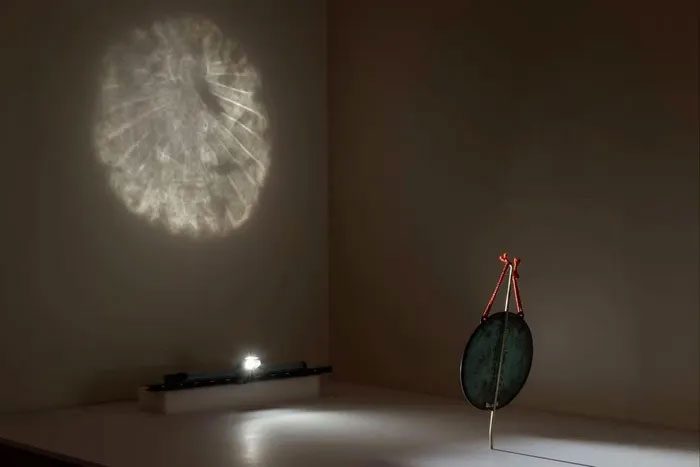The mirror from China, once unremarkable and stored in a museum in the U.S., has turned out to be a rare and mysterious artifact.
Dr. Sung Hou Mei, the curator of East Asian art at the Cincinnati Art Museum in the United States, is researching ancient artworks that the museum has collected since 1961.
She then shifted her focus to a 16th-century mirror. The most notable feature of this mirror is the Chinese characters on its back, which display the name of the Buddha Amitābha.
She requested her research team to shine direct light onto the center of the mirror, which had been stored since 2017. When the light was reflected off the mirror, it revealed an image of the Buddha Amitābha surrounded by rays of light, according to the South China Morning Post.
“The ‘magic mirror’ of Buddhism is designed to bring hope and salvation. Therefore, I think this discovery is a fortunate blessing for our museum and our city,” Dr. Sung remarked.

A magic mirror reflecting the image of a Buddha. (Photo: Rob Deslongchamps).
Buddhist magic mirrors were first created in China during the Han dynasty and are also notable artifacts from Japan’s Edo period.
These magic mirrors are extremely rare due to the difficulty of their manufacturing. According to a UNESCO article, the mirror is designed with small but intentional imperfections, achieved through meticulous polishing and scratching techniques.
These intentional imperfections allow light to reflect at specific points, thus creating shapes.
“They are rare because they are very difficult to make,” Dr. Sung stated. She also noted that the mirror could be used for religious purposes and is associated with the Amitābha belief of the Jōdo Buddhist sect.
The mirror was displayed at the Cincinnati Art Museum on July 23. “This is a national treasure of China, and we are very fortunate to have rediscovered this rare object,” Dr. Sung added.


















































